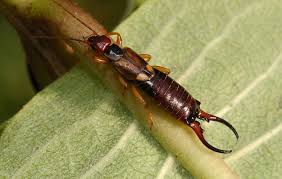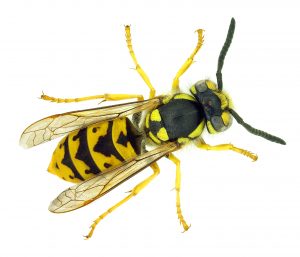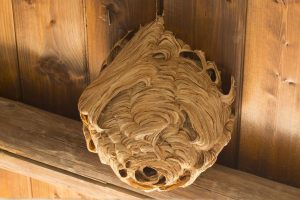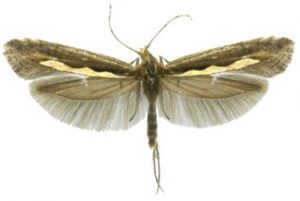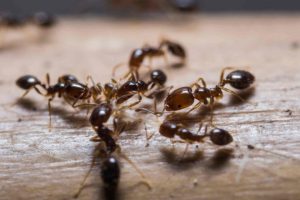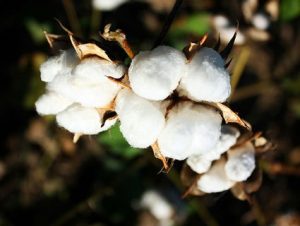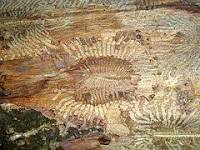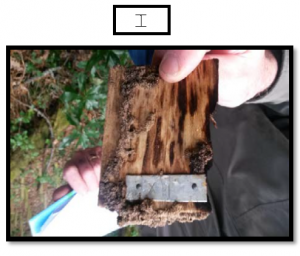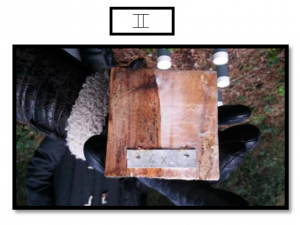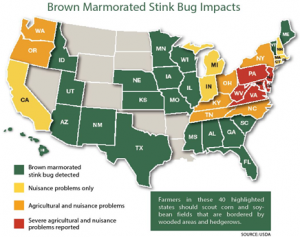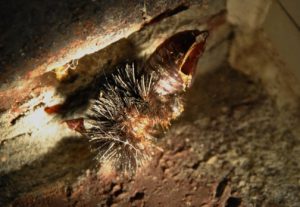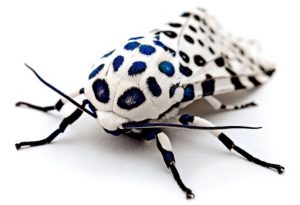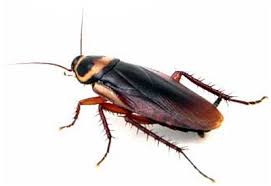 Ladybugs seem to be the latest topic of conversation; a conversation which tends to include many expletives. In the summer that sweet little red bug with the black spots has a tendency to make us smile when we see it flying around.
Ladybugs seem to be the latest topic of conversation; a conversation which tends to include many expletives. In the summer that sweet little red bug with the black spots has a tendency to make us smile when we see it flying around.
The Ladybug is bright red with a few black spots. Their heads are small and they don’t have that larger middle section that Lady Beetles do. They typically do not swarm into homes as you usually only see one true ladybug at a time. Asian Lady Beetles, however, are light to dark orange and have as many as 22 spots.
It is not uncommon to see adult ladybugs grouped together on the sides of houses and other buildings in the early fall as they prepare for the winter months. Soffit and gable vents in home attics are common entry points for the beetles, but they will come in any way they can. Any crack in windows, walls or the sides of doors is a welcome mat. If you see a few, you can guarantee that more will join them as they give off a scent meant to attract others and let them know that they have found a spot. Then they will work their way around the doors and windows looking for the tiniest of entry. Once they find it, they will likely move into a crawl space or attic and spend the winter in comfort.
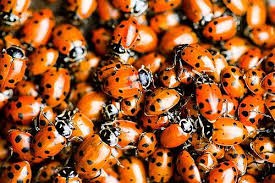 Occasionally, you might see them make their way out of hiding on a warm day and perch in the sun on a window. They can get a little confused and instead of finding their way outside, they wander into the main part of the house. They release a foul odor that is a deterrent to other animals who might want to eat them, they have also been known to leave behind stains on curtains and windows of feces and a yellowish secretion when disturbed.
Occasionally, you might see them make their way out of hiding on a warm day and perch in the sun on a window. They can get a little confused and instead of finding their way outside, they wander into the main part of the house. They release a foul odor that is a deterrent to other animals who might want to eat them, they have also been known to leave behind stains on curtains and windows of feces and a yellowish secretion when disturbed.
The ladybugs have been causing havoc with their presence and homeowners have suffered due to the presence of ladybugs in their homes!
Swarms of biting ladybugs invade Montreal-area homes
Oct 15, 2014, CBC News
The unseasonably warm weather in Montreal this week has brought with it blue skies — as well as swarms of biting, invasive ladybugs.
“One weekend in the fall, the air is thick with ladybugs.
She said she’s encountered them each fall in the three years she’s lived in the area.
At this time of year, Miller said, she gets pelted by ladybugs when she steps out of the house.
And it’s not just an autumn nuisance, she said. They’ve been burrowing into the nooks and crannies of her home for the winter, coming out when her family lights a fire and warms up the house.
She said she’s been bitten a number of times, and while it doesn’t hurt quite as much as a bee sting, it still hurts.
“Over the course of the day and well into the night, I was catching them in my bedroom and disposing of them down the toilet. I thought they were gone, but I’ve caught three of them so far this morning and can hear more bouncing around somewhere in the room.”
LADYBUGS ATTACK!
By Tap Vann on April 24, 2013, Weekly world news
The ladybugs were released in the Minneapolis mall in an effort to protect the large amounts of the mall’s greenery, but they soon became aggressive and attacked patrons of the mall.
Mall of America (MOA) Senior Manager of Environmental Services Bucky Wimby told WWN that the bugs were supposed to be used as pesticides to control pests, but “they became belligerent and attacked humans. It scared the hell out of us.”
Three hundred people were taken to the hospital with serious wounds – including serious flesh wounds, broken bones and lung and respiratory disease. Five people have died.
“We are stunned. Ladybugs are docile creatures” said Wimby, who added that ladybugs have always been friendly to humans.
Insecticides and pesticides are used to kill these pests. Because of their mode of action is not specific to one species, they often kill or harm organisms other than pests, including humans. Also, the majority ladybugs are directly important to the environment. Ladybugs, or lady beetles, are considered a beneficial bug which helps rid an area of crop-damaging aphids, mealybugs, and other destructive insect pests.
The adult ladybugs feed on these insects. They also lay their eggs among the aphids or other prey so the emerging larvae can feed on the insects, too.
So an effective solution is required to combat these ladybugs without harming them.
So, how do we deal with this pest?
So for this particular problem, we, at C Tech Corporation have come up with a viable solution.
At C Tech Corporation, we offer a safe and effective solution to deal with these insects. Termirepel™ is a non-toxic, non-hazardous product that primarily repels insects from the application. It is a broad spectrum repellent which works against almost 500 species of pestering bugs thus efficaciously repulse them away from the application. The best feature of this product is that it is environmentally safe and causes no harm to the insect as well as humans and the environment.
Our product works on the mechanism of repellency. It temporarily inhibits the mating cycle of the insects. The product impairs the ability of the insects to reproduce, that is the insects will not lay eggs or the laid eggs will be infertile. The product causes feeding disruption in an insect by triggering an unpleasant reaction within the insect which might try to feed on the application. The product temporarily blocks the reproduction system of the insects by hindering the release of the vital hormones for growth.
Termirepel™ is thermally stable and does not degrade on exposure to heat and sunlight. It does not kill or harm the insect but repels them. It does not volatilize and does not degrade the soil. It is RoHS, RoHS2, ISO, REACH, APVMA, NEA compliant and FIFRA exempted.
The product available in the form of masterbatch can be incorporated into polymeric applications like wires and cables, pipes, agricultural films, etc. while they are manufactured. The product will prevent the ladybugs from coming near to these applications.
The liquid concentrate can be mixed with paints in a pre-determined ratio and be applied to the interior and exterior of homes, kitchens, offices, schools, hospitals etc.
The product available in the form of lacquer can be used as a topical application and can be applied to wooden furniture, fences, already installed cables, pipes etc.
Using our products will help to repel the ladybugs in an eco-friendly way!
Contact us at technical.marketing@ctechcorporation.com to keep the pests away.
Also, visit our websites:
http://www.ctechcorporation.com/
http://www.rodrepel.com/
http://www.termirepel.com/
http://www.combirepel.com/
Follow our Facebook pages at:
1] https://www.facebook.com/Combirepel-411710912249274/
2] https://www.facebook.com/Termirepel-104225413091251/
3] https://www.facebook.com/Rodrepel-120734974768048/
Follow us on our Twitter pages at:
1] https://twitter.com/rodrepel
2] https://twitter.com/termirepel
3] https://twitter.com/combirepel





